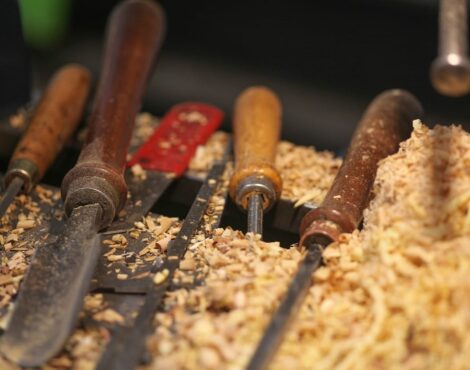Table of Contents Corfu in January: The Complete Guide to Winter Island Escape January transforms Corfu into something entirely different from its summer persona. The crowds vanish, temperatures cool, and...
Local Hands, Timeless Crafts: The Artisans of Corfu Corfu is known for its music, its food and its sea, but hidden behind the daily rhythm of the island lies another...
From 1386 to 1797, the Venetian Republic ruled Corfu, leaving a legacy that shaped the island’s architecture, culture, economy, and daily life. Unlike other Greek islands that experienced Ottoman domination,...
Water as a Lifeline Corfu’s history is often told through its fortresses, palaces, and churches — but an equally important part of its heritage flows quietly through its landscape: its...
The history of the Jews in Corfu is rich, ancient, and at the same time deeply intertwined with the cultural and political changes that the island has undergone. From their...
The presence of the Maltese in Corfu began during the period of British rule, when the Ionian Islands were governed by Great Britain (1815–1864). As part of a broader political...
Perhaps the most iconic symbol of the Venetian period in Corfu is the Lion of Saint Mark, the winged lion holding the Gospel, known as the emblem of the Most...
Corfu’s relationship with culture is multilayered and timeless. One of the most remarkable episodes in this relationship took place in 1716, when the island became the setting of a historic...
The transition from the fortified Old Town of Corfu with its impressive Venetian walls and strategic urban planning to the New Town, which gradually emerged after 1864 when the island...
Corfu has been, over the past centuries, one of the most significant centers of culture and intellectual development in the broader Greek region. This development stemmed primarily from the Venetians...










